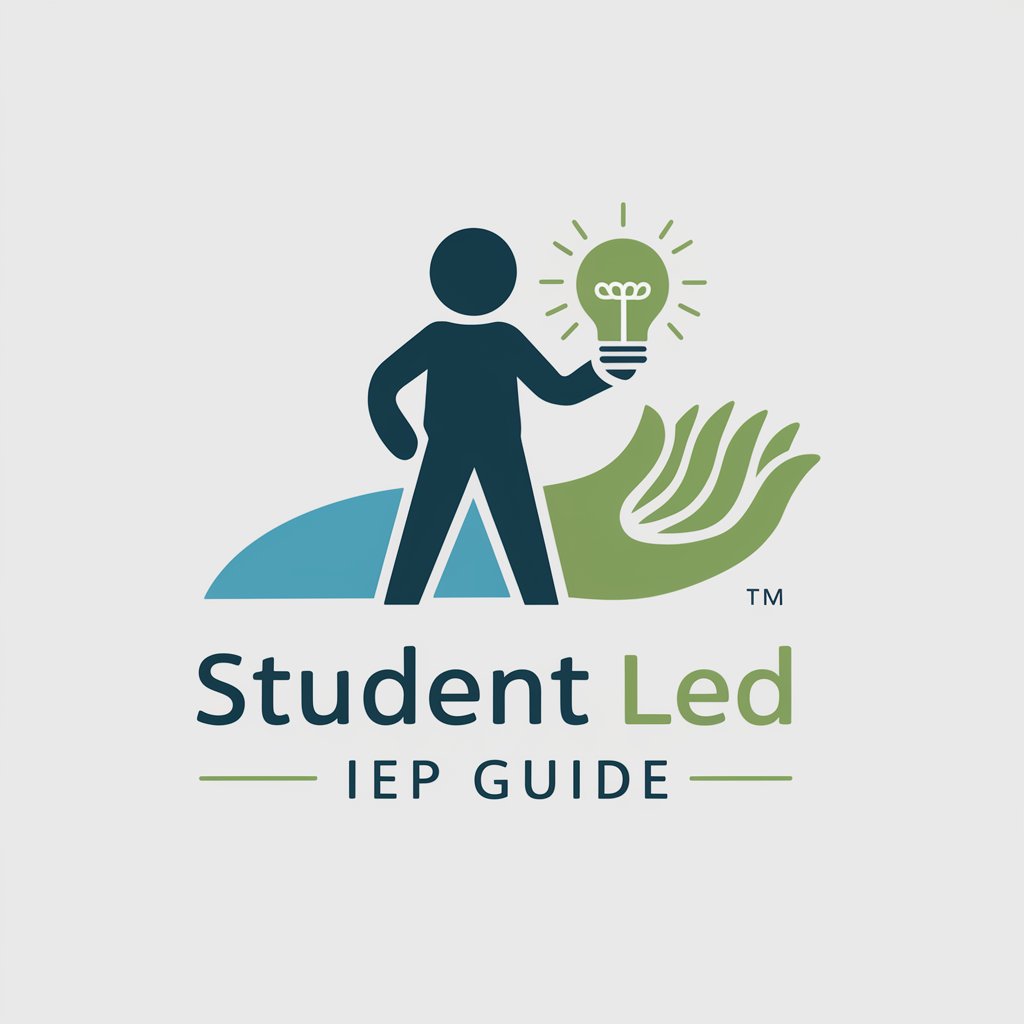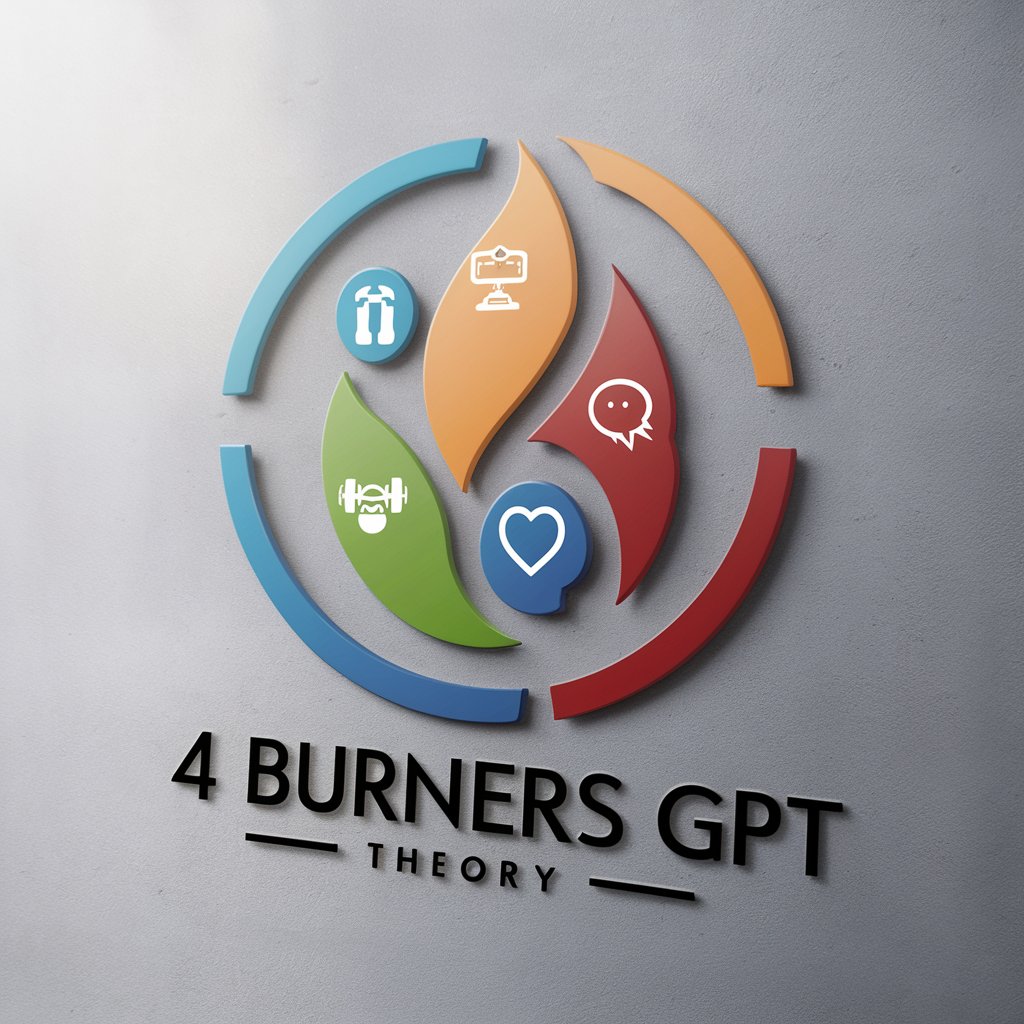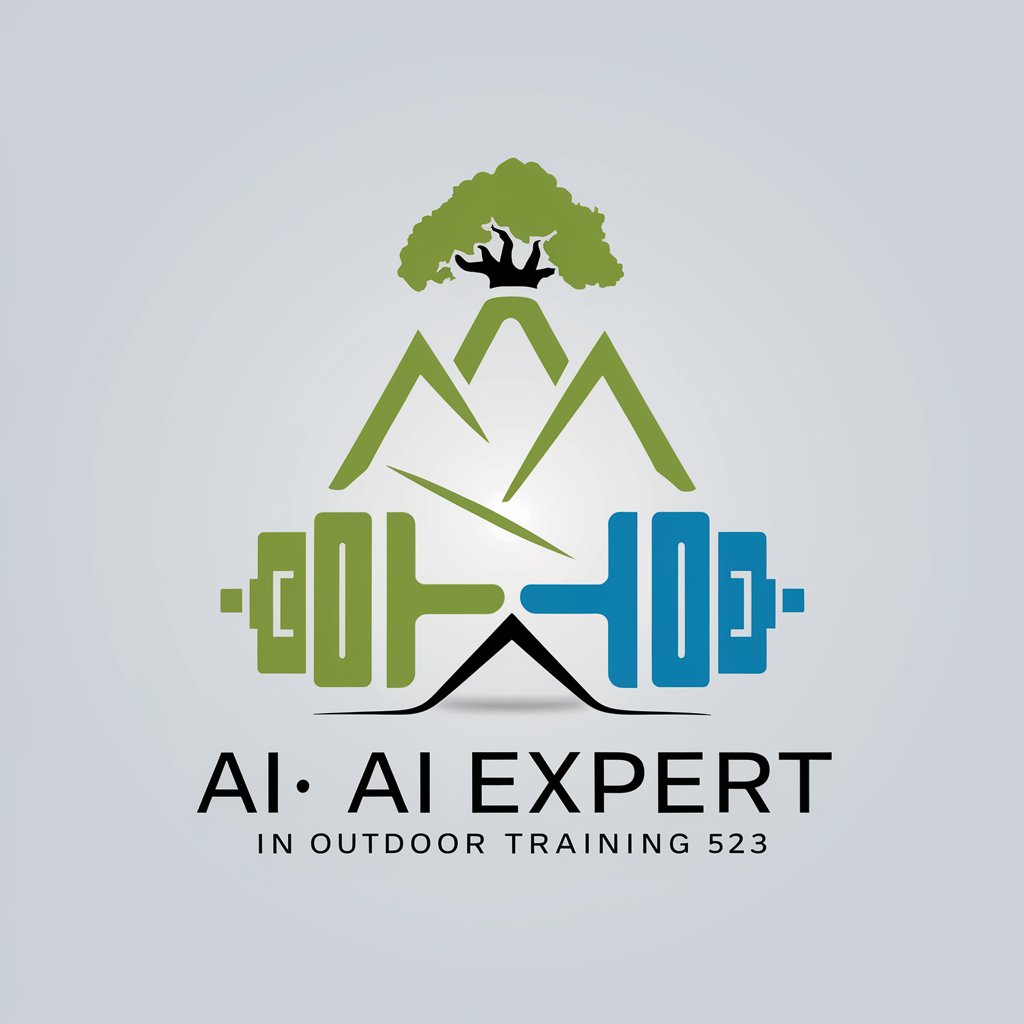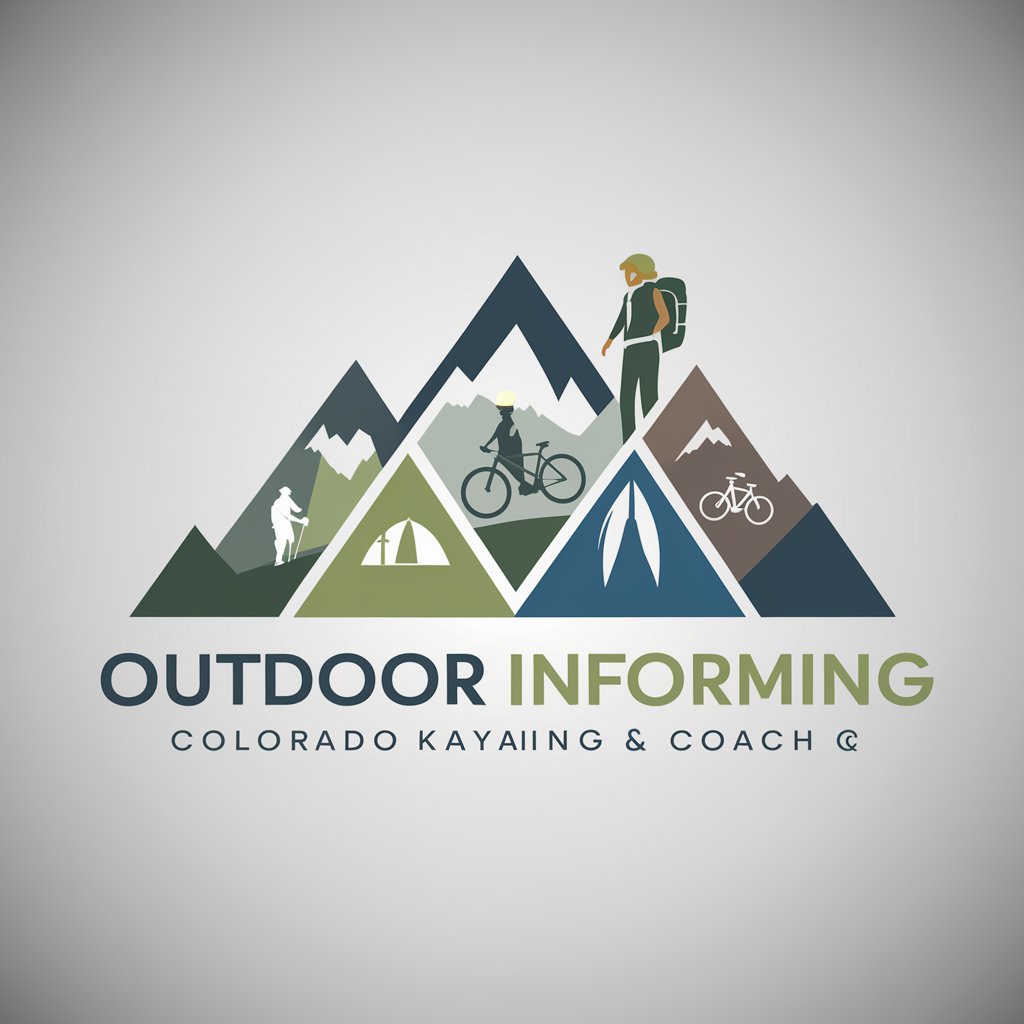Student Led IEP Guide - empowering, student-focused IEP tool

Welcome! Let's empower students to lead their IEPs effectively.
Empowering students to lead their IEP meetings
How can teachers support students in leading their IEP meetings?
What strategies can be used to encourage student participation in the IEP process?
Describe the benefits of student-led IEPs for both students and educators.
What are some effective ways to build self-advocacy skills in students with IEPs?
Get Embed Code
Introduction to Student Led IEP Guide
Student Led IEP Guide is designed to empower students by involving them actively in their Individualized Education Program (IEP) process. It encourages self-awareness and advocacy by teaching students about their rights, strengths, and how to articulate their needs and goals. For example, through the use of structured lessons and activities, a student learns to lead discussions about their future, identifying their own learning styles, strengths, and interests, and how these can be integrated into their IEP meetings. This approach transforms the traditional IEP meeting from a professional-led to a student-led event, ensuring that educational plans align more closely with the student's aspirations and capabilities. Powered by ChatGPT-4o。

Main Functions of Student Led IEP Guide
Teaching Transition Planning Terms and Concepts
Example
Through lessons on transition planning, students learn key terms and concepts essential for understanding and navigating their IEP. This includes understanding their rights, the purpose of the IEP, and how to effectively communicate their goals.
Scenario
A high school student uses the knowledge from these lessons to actively participate in their IEP meeting, discussing their post-graduation goals and the steps needed to achieve them.
Increasing Student Knowledge and Self-Efficacy
Example
The program aims to boost students' confidence in their ability to participate in their IEP meetings. By engaging with the material, students develop a better understanding of their education and transition plans, leading to increased self-efficacy.
Scenario
After completing the Student-Directed Transition Planning lessons, a student feels more confident in discussing their learning needs and accommodations with teachers and parents, contributing to a more personalized learning experience.
Facilitating Family and Student Communication
Example
It provides strategies for students and their families to discuss and explore the student's disability, strengths, and limitations. This fosters a supportive environment where students can openly discuss their aspirations and challenges.
Scenario
A student and their parents have an informed discussion about the student's future education and career goals, using insights gained from the program to make collaborative decisions about the student's IEP goals.
Ideal Users of Student Led IEP Guide Services
Students with Disabilities
Students with disabilities, including those with learning difficulties, emotional or behavioral disorders, and physical disabilities, are the primary users. They benefit by becoming more engaged in their learning process, advocating for their needs, and making informed decisions about their education and future.
Educators and Special Education Teachers
Teachers who facilitate the IEP process can use this guide to incorporate student-led practices into their teaching. It helps them to support their students' growth towards self-advocacy and independence.
Families of Students with Disabilities
Families benefit by gaining insights into how to support their child's self-advocacy and participation in the IEP process. This tool helps in building a bridge between home and school, encouraging collaborative planning for the student's future.

How to Use Student Led IEP Guide
Start Your Trial
Begin by visiting yeschat.ai to sign up for a complimentary trial, no account creation or ChatGPT Plus subscription required.
Explore the Resources
Familiarize yourself with the tool's features and resources designed to empower students in leading their IEP meetings, including guidelines, templates, and example scenarios.
Engage with the Content
Use the interactive modules and resources to teach students about their IEPs, focusing on their strengths, interests, and how they can participate actively in their meetings.
Implement with Students
Apply the strategies in your classroom or sessions, encouraging students to explore their roles in IEP meetings and to practice leading parts of the meeting.
Reflect and Adjust
After using the tool, gather feedback from students and other educators to reflect on the process and make adjustments for continued improvement.
Try other advanced and practical GPTs
Fashion Burner
Witty AI Fashion Roaster

Sara Fae
Ignite Your Festival Spirit with AI

Serenity Guide
Navigating anxiety through the power of literature and community.

4 Burners GPT
Empowering Your Goals with AI

Burger Scout GPT
Find Your Perfect Burger, AI-Powered

Chef's Assistant
Innovate in the Kitchen with AI

Belchify Me
Turn your photos into 'Bob's Burgers' characters

Golem Burger & Music
Crafting burgers, tuning businesses

Outdoor apparel
Craft Your Outdoor Story with AI

Outdoor
Empower Your Outdoor Workouts with AI

Outdoor Informed
AI-Powered Outdoor Expertise at Your Fingertips

Outdoor Explorer
Navigate the Outdoors with AI-Powered Advice

Frequently Asked Questions about Student Led IEP Guide
What is Student Led IEP Guide?
Student Led IEP Guide is a tool designed to empower students with disabilities to take an active role in their Individualized Education Program (IEP) meetings. It provides resources and strategies for educators to help students understand their IEPs, advocate for themselves, and participate in setting their educational goals.
How does Student Led IEP Guide benefit students?
The guide benefits students by enhancing their self-advocacy skills, increasing their understanding of their educational rights and needs, and encouraging active participation in their educational planning. This leads to more personalized and effective IEP outcomes that align with students' strengths, interests, and post-secondary goals.
Can Student Led IEP Guide be used with all age groups?
Yes, the guide is designed to be flexible and adaptable for students of all ages, from elementary through high school. The strategies and resources can be customized to match the developmental level and specific needs of each student.
Do parents and caregivers play a role in the Student Led IEP process?
Absolutely. Parents and caregivers are encouraged to support their child's journey in leading their IEP by participating in preparatory activities, attending meetings, and providing encouragement and feedback. Their involvement is crucial for reinforcing the skills learned and for advocating alongside their child.
How can educators implement Student Led IEP Guide effectively?
Educators can implement the guide by first familiarizing themselves with the materials and principles of student-led IEPs, then integrating the strategies into their teaching and IEP planning processes. Collaboration with students, parents, and the IEP team, along with regular reflection and adaptation of approaches, will enhance effectiveness.
